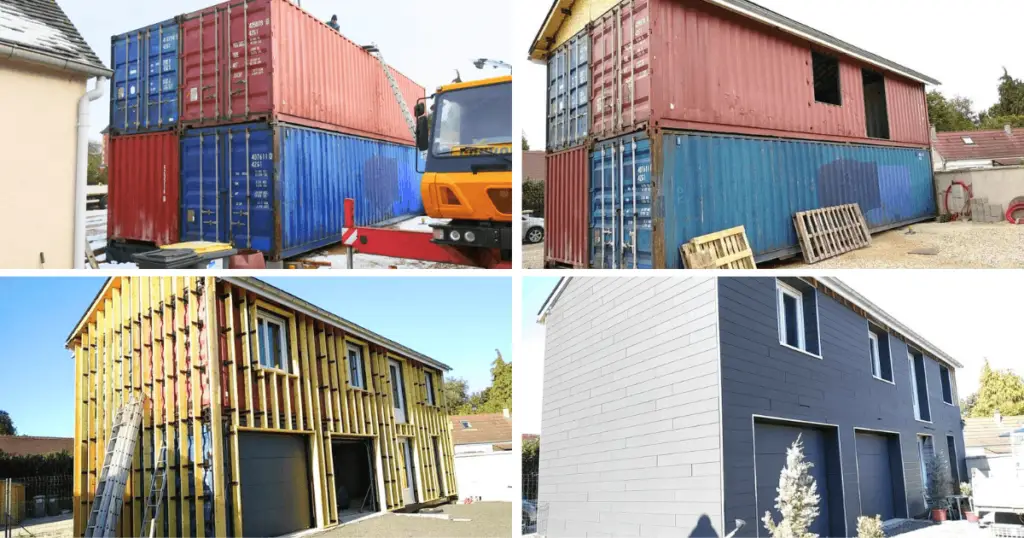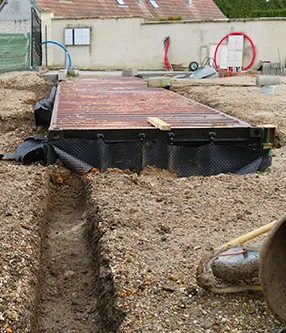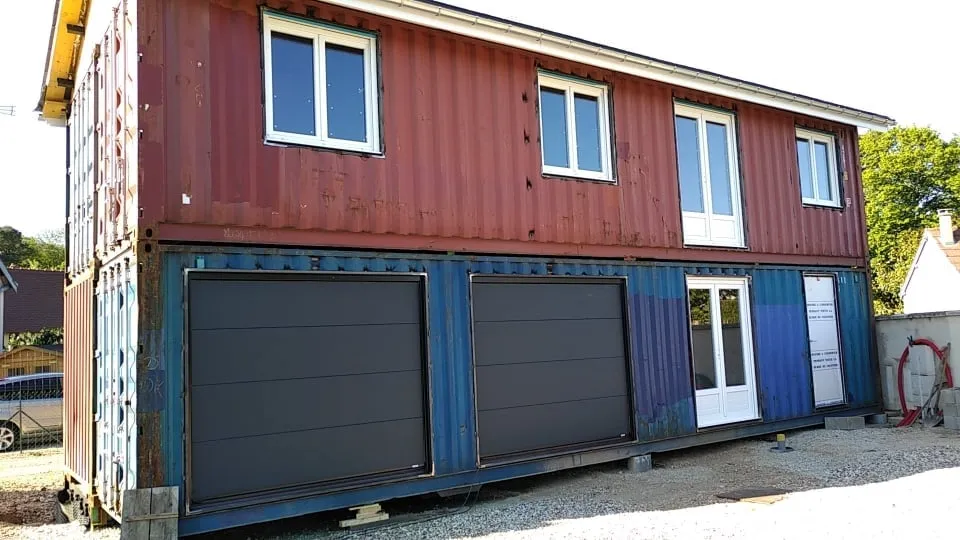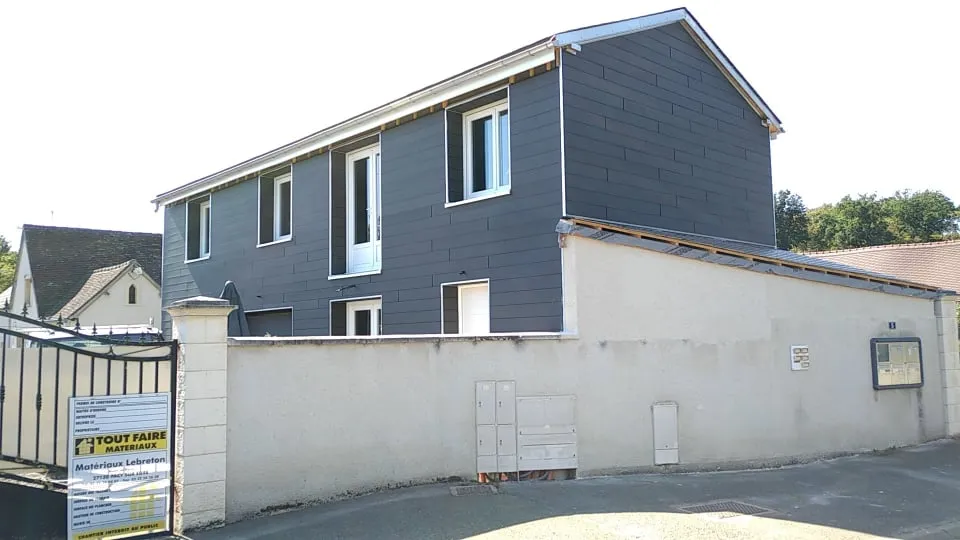Beginning a new year often signifies the initiation of fresh ventures and notably, the unfolding stories of budding self-builders.
This narrative takes us to Normandy, where Patricia and Sebastian, a tenacious couple with a penchant for DIY projects, are embarking on an innovative construction endeavor.
Leveraging their past experiences, the duo recently invested in five maritime shipping containers, extending these robust structures a new leash on life beyond their years of faithful cargo transport.
These containers are now poised on Sebastian’s land, amidst a transformation into a charming abode that promises to emerge as their primary dwelling once the renovations are complete.
Sebastian and Patricia’s project stands as a testament to the growing trend of repurposing industrial elements for residential living.
By reimagining the usage of these shipping containers, they are not just crafting a home but also contributing to sustainable living practices.
Their hands-on approach to building represents a fusion of practical skills and creative vision, harnessing the potential of unconventional materials to establish a personalized space.
As the construction progresses, the containers are gradually shedding their maritime skin to reveal a residence where the couple will write the next chapter of their lives.

The Container Home of Patricia and Sebastian
A Completely Self-Built Abode
Over two decades, Sebastian has been constructing houses from the ground up. Together with Patricia, they also run a business specializing in premium dog mattresses.
Sebastian takes pride in the fact that he did not rely on any contractors during the construction of his container home. Assisted only by a friend skilled in pellet stoves and a son-in-law who works as an electrician, Sebastian managed all other aspects of the build. His wife contributed, aiding with tasks like insulation and plasterboard jointing.
A notably arduous task was the home’s cladding, where Sebastian welded over 500 brackets, an endeavor that extended over a month.
Financing presented another hurdle, as banks were hesitant to back his unconventional project, compelling Sebastian to utilize a personal loan and his own funds for completion.
Maritime Containers Create a Unique Living Space
Sebastian’s innovative dwelling is structured from five 40-foot shipping containers purchased from the port of Le Havre. A crane operator carefully placed each unit, with precision planning allowing for the assembly of the house’s framework within two hours.

An underground container was repurposed into a sewing workshop for Patricia and Sebastian’s business.

On the ground level, two insulated containers serve as a garage for crafting Hot Rod cars, an embodiment of Sebastian’s enthusiasm for classic American automobiles.
The upper floor houses their living space, providing 60 m² of living area within the overall 160 m² footprint, inclusive of two bedrooms, a living room, a dining area, a kitchen, and a generously sized 10 m² bathroom—an accommodation reached after reconfiguring from an initial architect’s plan.
Living Area Configuration:
Underground: Sewing workshop
Ground Level: Two containers for Hot Rod garage
First Floor: Living quarters (60 m² of the 160 m² footprint)
Two bedrooms
Living room, dining area, kitchen
Bathroom (10 m²)
Insulation Highlights:
Exterior: 20 cm of rockwool
Interior: 10 cm of insulation
Ensures compliance with local urban planning regulations
Through interior design choices, the container roots of their abode are tastefully acknowledged, from kitchen and bedroom walls adorned with sections of the original containers to an inventive staircase crafted from container offcuts.

Bringing the Vision to Life
Sebastian and Patricia have invested three years into incrementally shaping their container house, juggling their enterprise and Sebastian’s vintage car restoration hobby.
Looking beyond this venture, Sebastian contemplates converting a large warehouse into loft apartments and workshops by installing unaltered shipping containers within—a concept that saves on exterior modifications and adapts well to Sebastian’s vision of blending industrial aesthetics with comfortable living spaces.
Despite the immense effort required, when questioned about embarking on a similar project again, Sebastian’s response remains playfully noncommittal.
